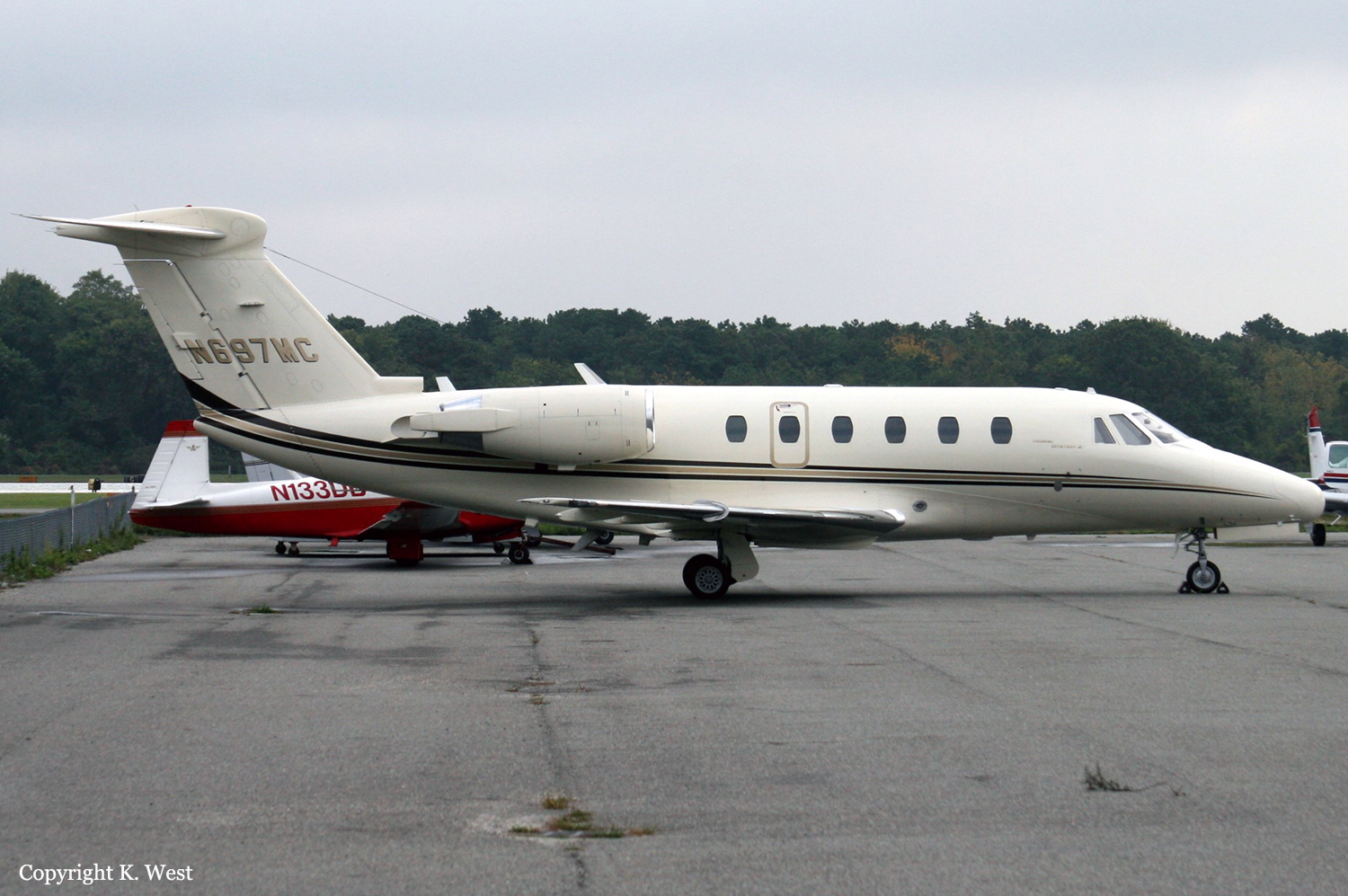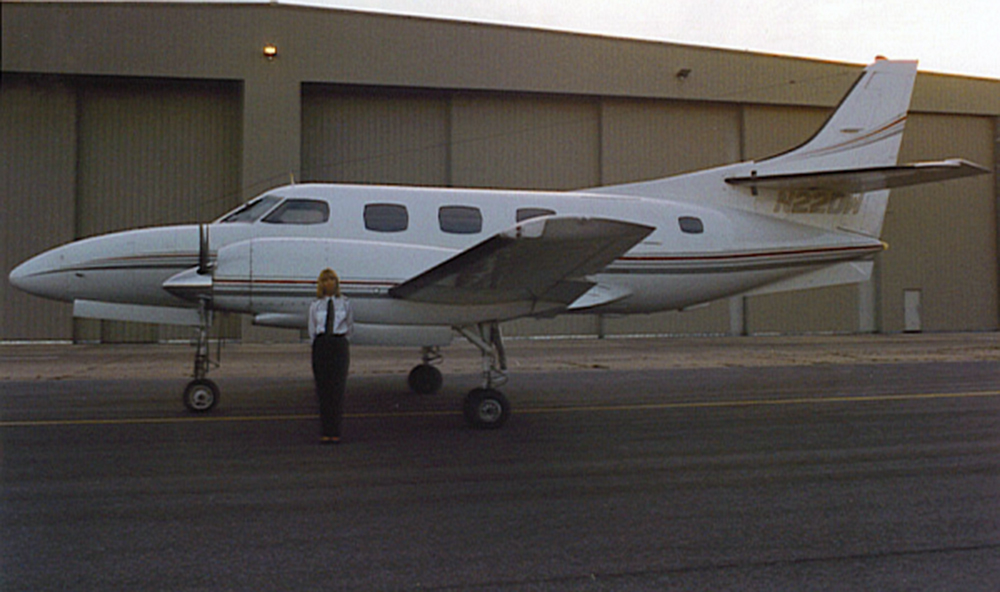Country
code
NJ
Crash of a Cessna 650 Citation III in Atlantic City
Date & Time:
Oct 27, 2007 at 1110 LT
Registration:
N697MC
Survivors:
Yes
Schedule:
Farmingdale – Atlantic City
MSN:
650-0097
YOM:
1985
Crew on board:
2
Crew fatalities:
Pax on board:
2
Pax fatalities:
Other fatalities:
Total fatalities:
0
Captain / Total hours on type:
199.00
Copilot / Total hours on type:
120
Aircraft flight hours:
7052
Circumstances:
The first officer was flying the Area Navigation, Global Positioning System, approach to runway 22. During the approach, the airplane was initially fast as the first officer had increased engine power to compensate for wind conditions. Descending below the minimum descent altitude (MDA), the first officer momentarily deployed the speed brakes, but stowed them about 200 feet above ground level (agl), and reduced the engine power to flight idle. The airplane became low and slow, and developed an excessive sink rate. The airplane subsequently landed hard on runway 22, which drove the right main landing gear into the right wing, resulting in substantial damage to the right wing spar. The first officer reported intermittent airspeed fluctuations between his airspeed indicator and the captain's airspeed indicator; however, a subsequent check of the pitot-static system did not reveal any anomalies that would have precluded normal operation of the airspeed indicators. About the time of the accident, the recorded wind was from 190 degrees at 11 knots, gusting to 24 knots; and the captain believed that the airplane had encountered windshear near the MDA, with the flaps fully extended. Review of air traffic control data revealed that no windshear advisories were contained in the automated terminal information system broadcasts. Although the local controller provided windshear advisories to prior landing aircraft, he did not provide one to the accident aircraft. Review of the airplane flight manual (AFM) revealed that deploying the speed brakes below 500 feet agl, with the flaps in any position other than the retracted position, was prohibited.
Probable cause:
The first officer's failure to maintain airspeed during approach, and the captain's inadequate remedial action. Contributing to the accident was the first officer's failure to comply with procedures, windshear, and the lack of windshear warning from air traffic control.
Final Report:


Crash of a Swearingen SA226T Merlin IIIB in Teterboro
Date & Time:
May 31, 2005 at 1130 LT
Registration:
N22DW
Survivors:
Yes
Schedule:
Nantucket – Teterboro
MSN:
T-317
YOM:
1979
Crew on board:
1
Crew fatalities:
Pax on board:
0
Pax fatalities:
Other fatalities:
Total fatalities:
0
Captain / Total hours on type:
1400.00
Aircraft flight hours:
4698
Circumstances:
During takeoff from the departure airport, as the pilot advanced the throttles, the aircraft made a "sudden turn to the right." The pilot successfully aborted the takeoff, performed an engine run-up, and then took off without incident. The pilot experienced no anomalies during the second takeoff or the flight to the destination airport. As he reduced the power while in the traffic pattern, at the destination airport, the left engine accelerated to 60 percent power. The pilot reported to the tower that he had "one engine surging and another engine that seems like I lost control or speed." The pilot advanced and retarded the throttles and the engines responded appropriately, so he continued the approach. As the pilot flared the airplane for landing, the left engine surged to 65 percent power with the throttle lever in the "idle" position. The airplane immediately turned to the right; the right wing dropped and impacted the ground. Disassembly of the engines revealed no anomalies to account for surging, or for an uncommanded increase in power or lack of throttle response. Functional testing of the fuel control units and fuel pumps revealed the flight idle fuel flow rate was 237 and 312 pounds per hour (pph), for the left and right engines, respectively. These figures were higher than the new production specification of 214 pph. According to the manufacturer, flight idle fuel flow impacts thrust produced when the power levers are set to the flight idle position and differences in fuel flow can result in an asymmetrical thrust condition.
Probable cause:
The pilot's improper decision to depart with a known deficiency, which resulted in a loss of control during landing at the destination airport. A factor was the fuel control units' improper flight idle fuel flow rate.
Final Report:



